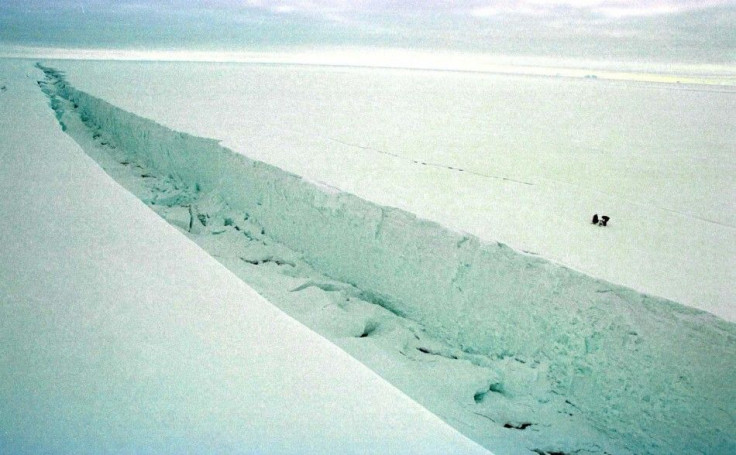Antarctica or Greenland? The Unexpected Culprit of Rising Sea Levels

For a time, most scientists believed that Greenland's ice sheet was the main culprit for rising sea levels during the last Interglacial Period. However, a new study shows that Greenland's ice may be much more stable than Antarctica.
The last time parts of Earth were as warm as they are today was roughly 100,000 years ago. Over the span of twelve millennia known as the last Interglacial Period some 128,000 to 116,000 years ago, summertime temperatures in the Northern Hemisphere were as much as nine degrees Fahrenheit (five degrees Celsius) warmer. Worldwide, sea levels were approximately 21 feet (6.5 meters) higher than they are now.
"Seas rise over millions of years, driven by the movements of crusts and the building of mountains," Anders Carlson, assistant professor at the department of geosciences at the University of Wisconsin told OurAmazingPlanet, "but this only occurred over a few thousand years and that's too short a time to be explained by tectonics."
Carlson, who authored the study on ancient sea level rise published in the July 31 issue of the journal Science, argues that, "the only ways of doing that are thermal expansions of the oceans, and melting of ice."
With warmer temperatures contributing to roughly 1.3 feet (.4m) of those high ocean waters, melting ice is assumed to account for the remaining portion.
So where did all of that water come from? Mainly from melting ice sheets in Greenland and Antarctica.
Most scientists assumed that Greenland was the main culprit.
Carlson's new study challenges that assertion, revealing surprising patterns of melting during the last interglacial period that suggest that Greenland's ice may be more stable - and Antarctica's less stable - than many thought.
There is no doubt that the Greenland Ice Sheet is melting faster and faster. However, what is in question is how rapidly sea levels will rise. Carlson hoped to look at "how it has behaved in the past, and how it has responded to warmer-than-present summers in the past."
Carlson and his colleagues studied silt just south of Greenland - retrieved by a drilling expedition in 1999 - that was deposited along the ocean floor during the last Interglacial Period. They used different patterns of radiogenic isotopes to identify sources of the sediment, tracing the silt back to one of three "terranes" or regions, each with a distinct geochemical signature. The patterns of sedimentation show which terranes were still glaciated at that time.
"If the land deglaciates, you lose that sediment," Carlson explains.
To their surprise, they found that all the terranes were still supplying sediment throughout the last Interglacial Period, and thus still had some ice cover.
Using the results, the team evaluated several existing models of Greenland ice sheet melting during the last Interglacial Period and found that the Greenland ice was responsible for less than half the sea level rise.
"The implication of our results is that West Antarctica likely was much smaller than it is today," and responsible for much more of the sea level rise than many scientists have thought, said Carlson. "If West Antarctica collapsed, that means it's more unstable than we expected, which is quite scary."
Temperatures during the last interglacial period were similar to those expected by the end of this century, and Carlson hopes that his findings will help fill in some missing clues into earth's rising seas.
© Copyright IBTimes 2024. All rights reserved.






















